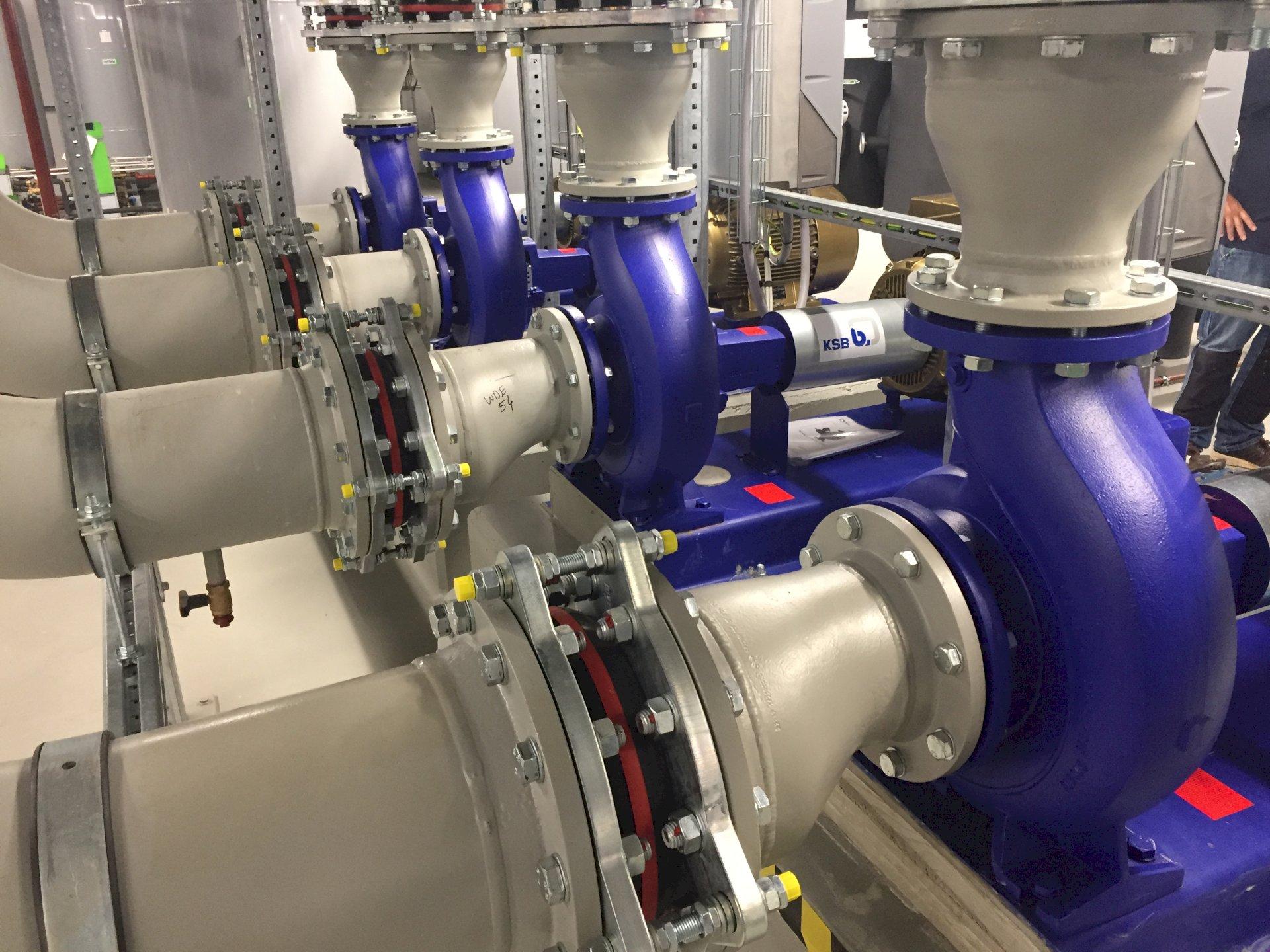 Door: IXON B.V.
Door: IXON B.V. IXON strongly believes that OPC UA is becoming the proven market standard protocol in the next couple of years. By using this protocol as a standard, machine builders can take advantage of new opportunities.
OPC Unified Architecture (OPC UA) is a machine-to-machine communication protocol used for industrial automation and is going to make a big difference in the near future.�OPC UA�is now a widely adopted interoperability standard for secure, reliable and platform-independent information exchange. The OPC UA framework brings different technologies together and ensures the seamless flow of data among devices from multiple vendors.
With more complex projects and a scarce number of engineers, OPC UA frees engineering resources to work on running the machine builders� business. With the IXON Cloud platform, we strive to make a similar impact on the productivity of our customers. Becoming an�OPC Foundation member�is therefore a logical step for IXON, as it will strengthen the integration of OPC in our future developments.
The challenge of supporting multiple protocols
Many machine builders (are willing to) use an IIoT or cloud platform to analyse their machine data. But when selling machines in the EU and USA your customers might have different needs and therefore request different PLC brands. Those brands often come with their own communication protocols (e.g. Siemens S7) and engineering suites (e.g. TIA portal, TwinCAT).
Supporting multiple PLC brands means your engineers are stuck with programming, maintaining and having knowledge about different software platforms. Resulting in double work, inefficient use of your engineers� time and additional costs for training. Upcoming industry standard OPC UA makes the life of engineers easier by offering a vendor independent solution.
What is OPC UA (Unified Architecture)?

OPC UA is a standard for Industry 4.0 and the digital transformation. The standard is a collection of specifications (OPC UA protocols) that define guidelines for communication between servers and clients, including rules for different functions and data structures.
This ensures a secure exchange of standardised information from the sensor to the cloud (and back). OPC UA specifies basic rules for exposing data to any application or device that wants to consume it.
OPC UA has the huge advantage of being platform-independent and ensures the seamless flow of information among devices from multiple vendors, which makes governance and maintenance much easier for engineers. Main benefits:
- Consistent data structures
- Decentralising for direct data exchange between for example ERP and field sensor
- Plug-and-play capability; OPC UA can automatically discover their networks.
- High reliability, redundancy and enhanced performance
- Vendor independence.
Why IXON strongly believes in OPC UA
We strongly believe in platform independence, scalability and security. We think that OPC UA is the most promising and secure standard for the implementation of Industry 4.0 communication and enabling the digital transformation. We think that OPC UA over TSN (time sensitive networking) is the driver for the future of machine builders, making their process easier and better secured.
Vendor independence
IXON�s products are built to be vendor independent which fits the OPC UA vision. When using OPC UA standards, components can talk to other devices (other components, PLCs, cloud systems) in real-time without the hurdle of communicating over different protocols. OPC UA solves this with an open process communication and a unified architecture so all devices use the same standard.
Scalability
The data configuration and transmission options are much extended in OPC UA. Data structures are easier to understand and transmission of data can go both ways. This way machine builders can exchange hardware more easily.�
Security
Security is in IXON�s DNA and our products are secured by design. The OPC UA protocol and data transmission are secured on multiple levels. The data from sensor to cloud is way more secured using OPC UA, as secured communication between components and PLCs is usually not available.�
OPC UA fully fits our beliefs resulting in expanding the supporting features in IXON Cloud.�

What if my device does not support OPC UA?�
Currently IXON supports more protocols than OPC UA (e.g. Siemens S7, Modbus, Ethernet/IP) and we will continue to support them. Any device that doesn't support OPC UA or other supported protocols can use the�dataLogger API�to push/send data to the�IXrouter. This way you have full flexibility for secure machine data access from any device.
The dataLogger API is located on the IXrouter and listens to incoming data requests from PLCs or other devices. Incoming data is handled locally and sent to the IXON Cloud for analysis. Therefore the entire IXON Cloud solution is vendor independent and flexible to handle any device using an unsupported protocol.






